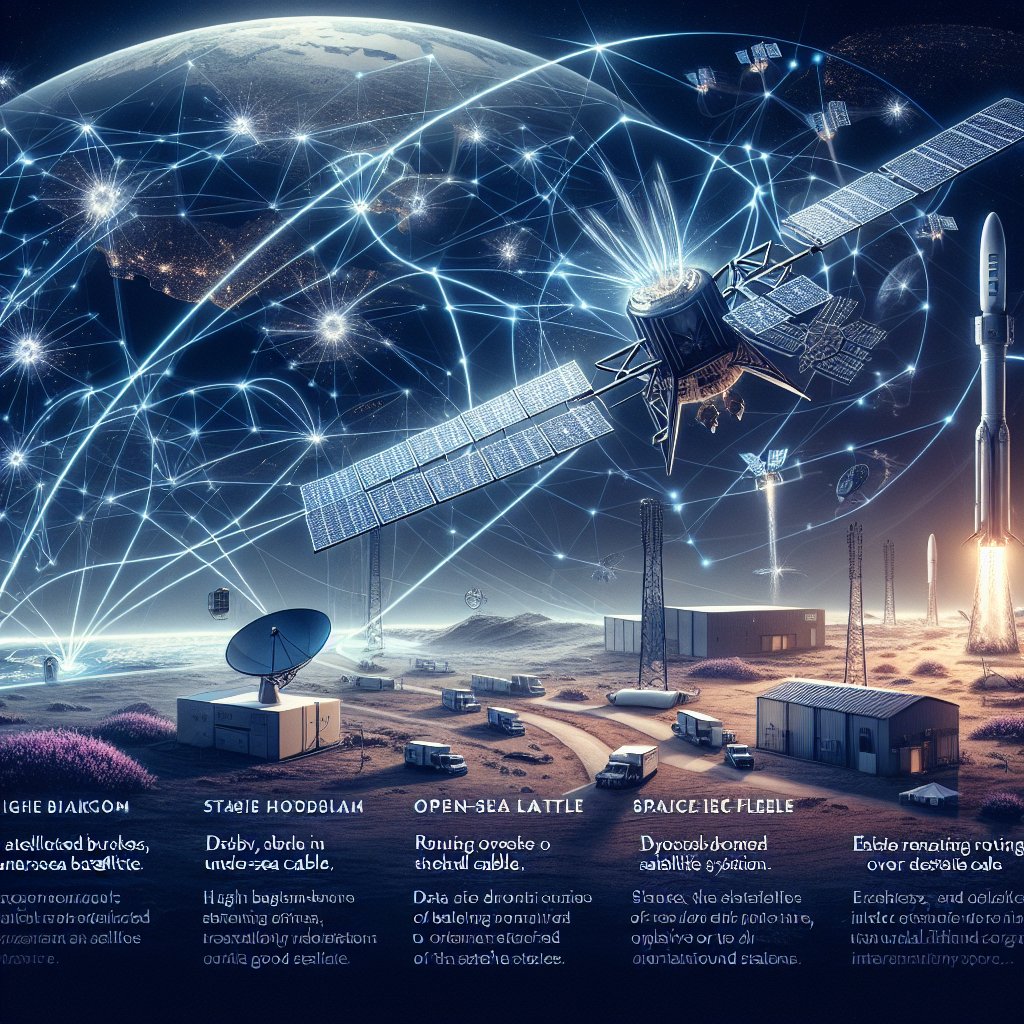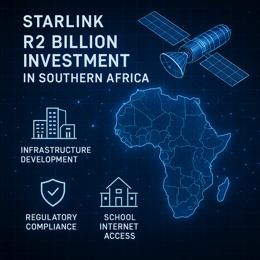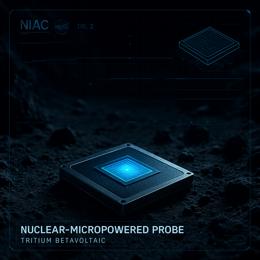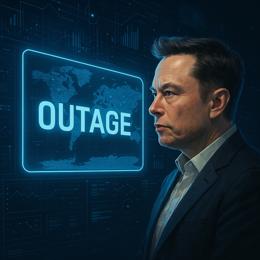Image created by AI
Starlink's Satellite Network Shows Resilience Against Undersea Cable Breaks
SpaceX's Starlink is emerging as a potential safeguard against one of the most vexing problems in global internet connectivity: undersea cable breaks. The satellite internet service, known for its constellation of Low Earth Orbit (LEO) satellites, has demonstrated a significant capacity for maintaining online services when traditional undersea fiber-optic cables fail.
In mid-March 2024, South Africa faced significant internet disruptions owing to undersea cable breaks along Africa’s West Coast, believed to have been triggered by a submarine landslide. The breaks led to deteriorated service, with noticeable effects on mobile operators like Vodacom, which suffered a prolonged shutdown of mobile data services.
While most providers scrambled to reroute traffic, resulting in increased latency, South African users of Starlink’s roaming service reported uninterrupted internet access. They benefited from the network's ability to transmit data between satellites using what SpaceX refers to as "space lasers" but what are technically called Optical Inter-Satellite Links (OISL). This technology bypassed the undersea cable issues, routing data over a network of satellite links to alternative ground stations.
The ability of Starlink to sustain communication without relying on undersea cables has garnered significant attention, with users marveling at the seamless operation amidst widespread connectivity challenges. Each link within the network holds impressive bandwidth capabilities, often reaching 100Gbps, which translates to the transmission of 12.5GB of data every second.
Starlink's performance indicators are robust. It has a peak throughput of 5.6 Tbps and manages numerous laser acquisitions daily, facilitating continuous data communication. Additionally, the agility of the system allows for dynamic routing changes in milliseconds, ensuring high uptime.
However, it's crucial to note that satellite broadband services like Starlink are not entirely independent of ground infrastructure. For robust performance, they require data centers and ground stations to interact with the satellite network. Currently, Starlink users in South Africa do experience higher latencies—over 100ms—to a ground station in Nigeria. This might change with the construction of additional ground stations, such as the one underway in Mozambique.
Starlink's technological prowess was underlined by academic research, too. Simulations by Professor Mark Handley of University College London have suggested that once the Starlink fleet is fully equipped with space lasers, it could potentially achieve lower latencies than undersea cables, reducing the round-trip latency between Johannesburg and London to as low as 75ms.
With such advancements, Starlink could challenge the traditional dominance of undersea cables in international data transfer. The constellation currently embraces over 5,500 satellites, but with approvals in place and plans to skyrocket the number to 42,000, the future looks ever more connected and resilient through the new frontier of satellite internet services.










